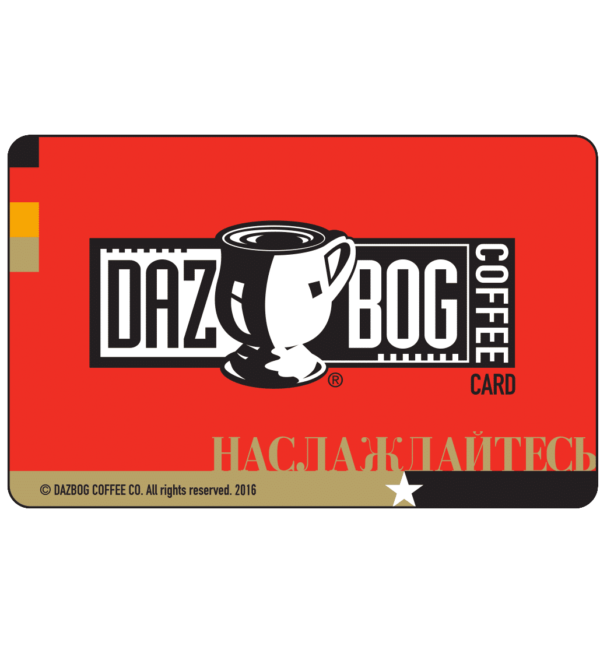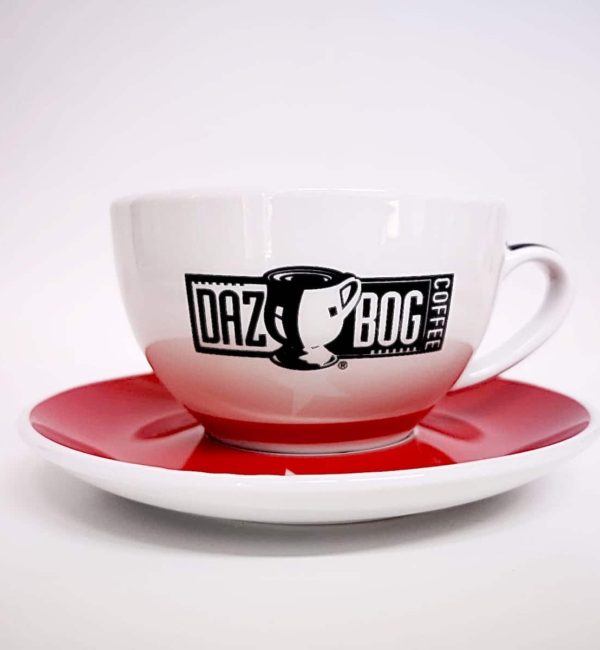Coffee Beans 101
Although all the coffee in the world originated in Ethiopia, its main growing regions have expanded to include Central and South America, Africa and Indonesia. Each main growing area tends to produce a broad but similar profile regionally.
Generally, the African coffees tend to have a lot of body, are high in acidity and tend to taste winey or fruity. The Indonesian coffees contain a heavy body, with low acidity, and Central and South American coffee tends to have a medium body, with medium to high acidity.
All of these main growing regions lie within the Tropic of Cancer and Tropic of Capricorn. This region basically has the right temperature, humidity and rainfall to commercially produce and harvest coffee. It is a no-freeze zone, or an area that is less prone to reach freezing temperatures that will potentially damage a coffee crop. Coffee has grown in popularity to the point where it is now the second largest traded commodity in the world, second only to oil. It is a $3+/- billion industry, equal to an $18 billion retail industry.
Coffee is quite a complex fruit. The structure of a coffee cherry contains many layers (see diagram 1). The outer layer is comprised of skin, followed by fruit, then mucilage — a slimy mucusy membrane. Moving inward, you will next find parchment, which has a silver skin, resembling the light papery skin covering a peanut in the shell. In the center are the coffee seeds (similar to a pit). Sometimes the coffee seeds fuse together to form what is called a peaberry. The peaberry is usually sorted and sold separately, as some believe it to be unique and a higher quality product.
There are two main types coffees, Robusta and Arabica:
- Robusta coffees are usually grown at elevations under 3000 feet. They contain a higher caffeine content, are typically larger in size, and considered a commercial coffee. Robusta coffee has a lower density and is sometimes picked with commercial picking equipment. Since coffee ripens at different times on a single tree, this picking method is focused more on obtaining quantity than individual bean quality.
- Arabica coffee tends to be grown at elevations above 3000 feet, are hand picked, contain only half the caffeine content of robusta coffees, and are considered to have a higher grade of quality than its counterpart. Arabica coffee is traditionally used to roast specialty coffee.
Coffee trees can grow up to thirty feet, but are typically groomed or pruned to 7 to 9 feet, which makes hand-picked harvesting easier and more productive. A coffee tree can take three to four years to mature, and still produce only one to two pounds of coffee per year. Considering that most coffee trees are replanted every five to six years to maintain quality soil content, it gives you a good idea and scope of the massive size and impact coffee has on the world economy.
Coffee is processed one of two methods: wet or dry. The wet method takes the freshly picked coffee, removes the skin through a pulping method, and is then washed and stored in vats of water to ferment. From there it is spread out onto a drying patio before it is scooped up, bagged and sent to the coffee importer.
The dry method takes the freshly picked coffee straight to the drying patio where the coffee seeds actually ferment within their own skin. When a roaster receives green coffee dried in this fashion, it tends look dirty and rough. This is the preferred method used for most Indonesian coffees.
After these processing methods are conducted the coffee is separated and sorted by defects and size, and then sold to coffee importers all over the world.





